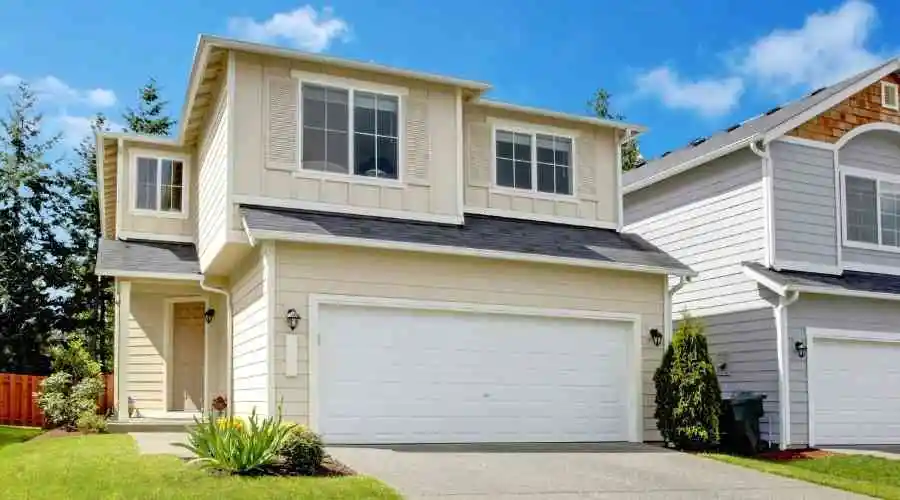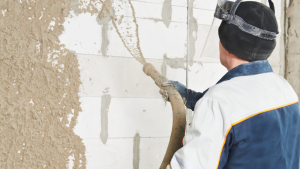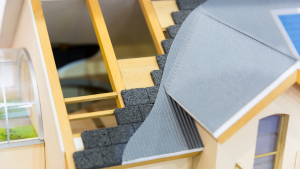R-value assesses how well insulation blocks the transfer of heat into and out of a structure. It’s crucial to understand this phrase’s specific definition if you’re planning to renovate your house with new vinyl siding. When selecting a new exterior for your house, the knowledgeable staff at CMB East Brunswick Stucco & EIFS Repair will help you comprehend vinyl siding R-value and what to take into account.
Air entering and exiting your house is prevented by proper interior and exterior insulation. The ability of a substance to prevent heat flow is measured by its R-value. It is based on a concept called R-factor, which is calculated by sandwiching a material between two plates and measuring the amount of heat that passes through it.
One square foot of material with a thickness of one inch is used for these tests, which are carried out in a lab setting. The material’s outside surfaces are one degree Fahrenheit apart in temperature. The rate of heat flow, measured in BTUs per hour, determines the material’s thermal conductivity.
The R-factor is multiplied by the thickness of the material to get R-value. For instance, the R-value would be 3 if an insulating material had an R-factor of 2 and was 1.5 inches thick. The better a material works at keeping heat in and keeping cold air out during colder months, and vice versa, the greater the R-value.
Inside Insulation
Most people envision rolls of fluffy fiberglass insulation or walls filled with spray foam when they think about insulation. Although this sort of insulation is efficient, some air leakage may still occur, costing you money in heating and cooling expenses. The wooden studs in your walls may have insulation between them, but there isn’t insulation on the studs themselves. 25% of a home’s wall area may be made up of studs.
The mechanism of thermal bridging allows energy to traverse them from the cozy inside of your house to the brisk outside. Your house may not be as warm as it might be due to these energy leaks, which could cost you money.
Vinyl Siding With Insulation
These studs and other areas are covered with exterior insulated vinyl siding, which helps prevent thermal bridging and lowers energy loss. Depending on the brand, style, and amount of siding you choose, high-quality insulated vinyl siding generally ranges in R-value from 2.0 to 4.0.
The average R-value for vinyl siding is 0.61. The R-value of high-quality vinyl siding is greater than that of many other construction materials, whether it is insulated or not. The R-values for other kinds of construction materials are as follows:
The R-value of insulation gauges how well it keeps heat from escaping a structure. It’s critical to understand what this phrase implies if you’ve run across it while searching to renovate your house with new vinyl siding. You can learn more about vinyl siding R-value and what to take into account when selecting a new exterior for your house from the knowledgeable staff at CMB East Brunswick Stucco & EIFS Repair.
Additional Advantages of Vinyl Siding
Regular and insulated vinyl siding both provide advantages like Regular vinyl siding offers benefits like Insulated vinyl siding offers advantages like:
- Low Upkeep - Vinyl siding is simple to clean with basic detergent and a garden hose and does not need painting, caulking, or staining.
- Durability - High-quality vinyl siding can survive the elements, including UV radiation, strong winds, and snowstorms. Additionally, it is moisture and insect-resistant, which helps stop decay.
- Versatility - Vinyl siding is available in almost any shade, texture, and design imaginable, including siding that mimics real wood or stone.
- Curb Appeal - Although siding R-value and energy efficiency are crucial, curb attractiveness is as important. Installing vinyl siding improves curb appeal and may raise the value of your house, whether you want it to stand out from the neighborhood or are selling it.
To Learn More About Siding R-Value, Please Contact Us
For more than 65 years, CMB East Brunswick Stucco & EIFS Repair has offered consumers in Central and Northern New Jersey superior workmanship, premium materials, and first-rate customer service. Contact us online or give us a call at (732) 631-8828 to arrange a free estimate if you have any questions regarding the vinyl siding or any of the other services we provide. To suit your requirements and financial situation, we provide numerous home renovation financing solutions.




